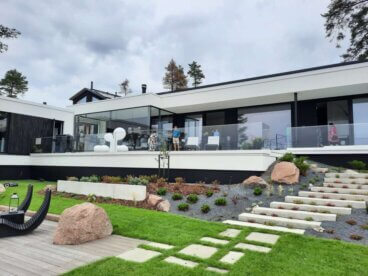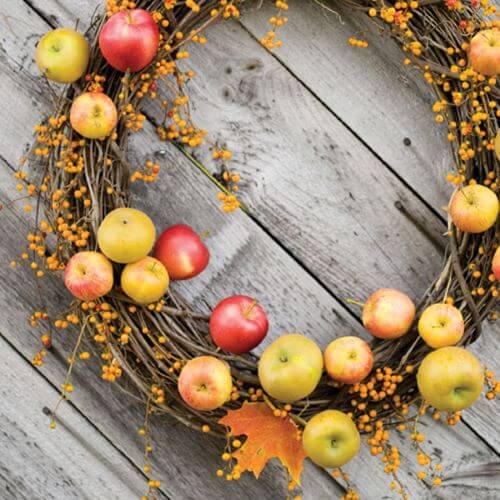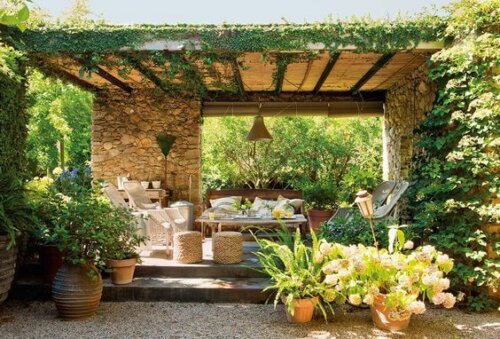Bohemian Glass
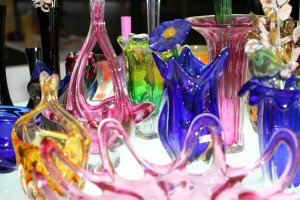
From a historical standpoint, Bohemian glass, with its diverse shapes and sizes, is a truly fascinating decor object. It has a majestic visual impact, which keeps it alive in decor trends.
Bohemian glass hails from the Czech Republic and Poland, which used to be Bohemia and Silesia. The one-of-a-kind rock crystal transparency is its most stunning feature.
The history behind the works of art
Bohemian glass used to be handcrafted in medieval monasteries by using quartz sand and wood. Quartz sand gave the glass a slightly greenish tint while the wood gave it structure.

Bohemian quartz sand was rich in potassium, making for a glass that was easier to mold. It allowed the craftsman to blow with a rod and create all sorts of everyday objects like cups and jugs.
People also used the glass to decorate religious buildings. Some examples include the Last Judgement Mosaic in the Saint Vitus Cathedral, Prague. Later in the Renaissance, people used it to decorate castles.
Master artisans used different chemical elements to add color to Bohemian glass. They also used diamond tips to shape it.
The intervention of big patrons
Rudolf II of Habsburg, the Holy Roman Empire during 1576 and 1612, had a deep interest in collections and alchemy.
When he learned about the unique glass-making process from Bohemia, he decided to sponsor the craft and as a result, Bohemian glass became popular by the end of the 16th century.
In the beginning of the 17th century, gem cutter Caspar Lehmen developed a technique called “Tiefschnitt” (which translates to “deep cut”) that completely changed the history of Bohemian glass. The technique consisted of glazing and engraving a mixture of copper and bronze onto the glass as well.
By the end of the century, makers used other colors like turquoise blue and yellow as well. Reddish tones begin with the incorporation of opaline. Finally, when Art Nouveau and Art Deco started making waves, Bohemian glass gained worldwide recognition.
Bohemian glass today

Currently, people are using Bohemian glass differently than they did in decor. While you can occasionally find traditional designs, these days they look rather different.
Today, when people use Bohemian glass in decor, they mainly aim to enhance luminosity and dress up the ambiance. To make that happen, they opt for pieces like candleholders, light fixtures and mirrors. There are all kinds of accessories such as:
- Flower vases.
- Clocks.
- Jugs.
- Candy dishes.
- Chess sets, tic-tac-toe boards and more.
How can you use it in your decor?
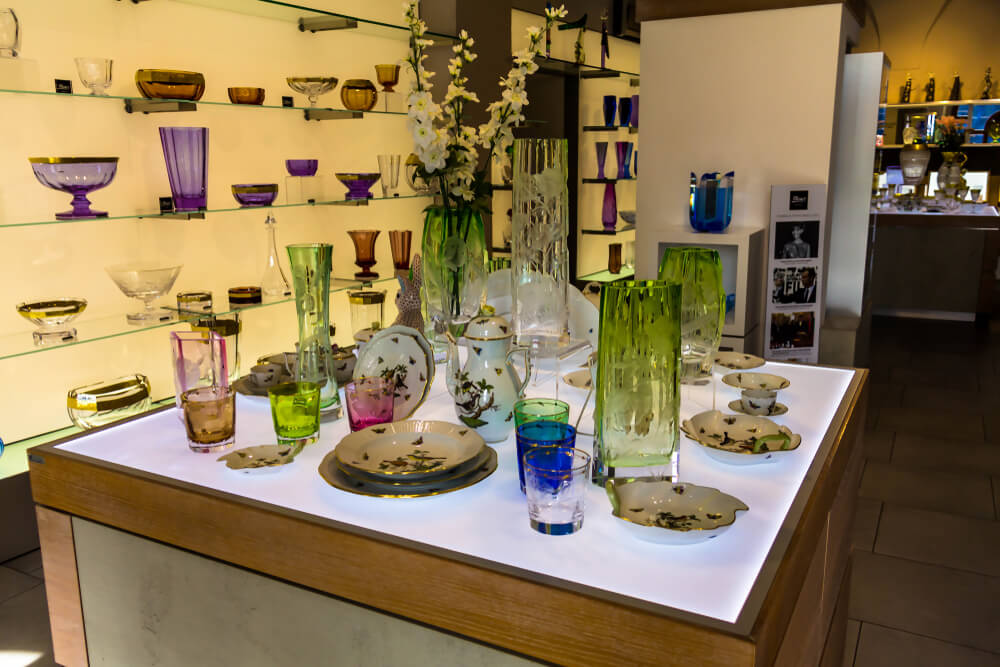
While it’s true that these glass pieces are pricey, you don’t have to go overboard if you want to use it in your decor. Simplify your options:
Instead of using a big candleholder, look for subtle accessories instead such as a candy dish or a flower vase. The trick is to position these pieces in areas throughout your home where they can shine.
Over the last hundred years, Bohemian glass has seen all kinds of changes in cuts, engraving, and color — but they all just enrich its beauty. It continues to be in high demand, even outside of the collector’s market.
From a historical standpoint, Bohemian glass, with its diverse shapes and sizes, is a truly fascinating decor object. It has a majestic visual impact, which keeps it alive in decor trends.
Bohemian glass hails from the Czech Republic and Poland, which used to be Bohemia and Silesia. The one-of-a-kind rock crystal transparency is its most stunning feature.
The history behind the works of art
Bohemian glass used to be handcrafted in medieval monasteries by using quartz sand and wood. Quartz sand gave the glass a slightly greenish tint while the wood gave it structure.

Bohemian quartz sand was rich in potassium, making for a glass that was easier to mold. It allowed the craftsman to blow with a rod and create all sorts of everyday objects like cups and jugs.
People also used the glass to decorate religious buildings. Some examples include the Last Judgement Mosaic in the Saint Vitus Cathedral, Prague. Later in the Renaissance, people used it to decorate castles.
Master artisans used different chemical elements to add color to Bohemian glass. They also used diamond tips to shape it.
The intervention of big patrons
Rudolf II of Habsburg, the Holy Roman Empire during 1576 and 1612, had a deep interest in collections and alchemy.
When he learned about the unique glass-making process from Bohemia, he decided to sponsor the craft and as a result, Bohemian glass became popular by the end of the 16th century.
In the beginning of the 17th century, gem cutter Caspar Lehmen developed a technique called “Tiefschnitt” (which translates to “deep cut”) that completely changed the history of Bohemian glass. The technique consisted of glazing and engraving a mixture of copper and bronze onto the glass as well.
By the end of the century, makers used other colors like turquoise blue and yellow as well. Reddish tones begin with the incorporation of opaline. Finally, when Art Nouveau and Art Deco started making waves, Bohemian glass gained worldwide recognition.
Bohemian glass today

Currently, people are using Bohemian glass differently than they did in decor. While you can occasionally find traditional designs, these days they look rather different.
Today, when people use Bohemian glass in decor, they mainly aim to enhance luminosity and dress up the ambiance. To make that happen, they opt for pieces like candleholders, light fixtures and mirrors. There are all kinds of accessories such as:
- Flower vases.
- Clocks.
- Jugs.
- Candy dishes.
- Chess sets, tic-tac-toe boards and more.
How can you use it in your decor?

While it’s true that these glass pieces are pricey, you don’t have to go overboard if you want to use it in your decor. Simplify your options:
Instead of using a big candleholder, look for subtle accessories instead such as a candy dish or a flower vase. The trick is to position these pieces in areas throughout your home where they can shine.
Over the last hundred years, Bohemian glass has seen all kinds of changes in cuts, engraving, and color — but they all just enrich its beauty. It continues to be in high demand, even outside of the collector’s market.


